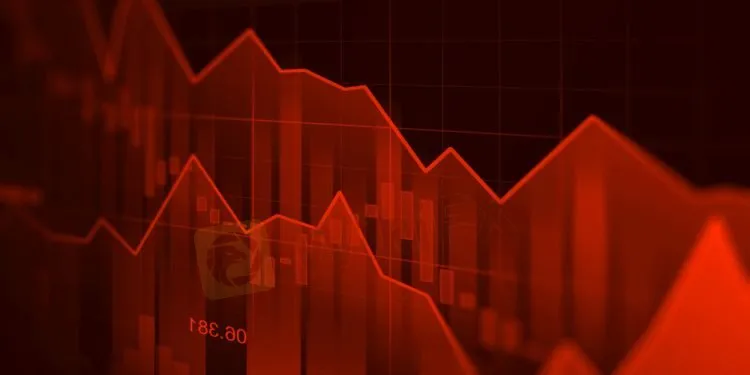简体中文
繁體中文
English
Pусский
日本語
ภาษาไทย
Tiếng Việt
Bahasa Indonesia
Español
हिन्दी
Filippiiniläinen
Français
Deutsch
Português
Türkçe
한국어
العربية
Understanding 5 Different Types of Volatility
Abstract:Volatility defines as the significant move of a price, it can be higher or lower. Volatility can happen to any asset. It has also measured and researched in the stock market. Here are the five types of volatility.

Price volatility happens if there is a strong swing in demand and supply. There are three main reasons for this. The first reason is the seasonality.
For instance, you will find hotel room prices rise during winter since people like to get away from the snow. On the other hand, the price significantly drops during the summer since people like to travel nearby.
The second reason is the weather. An example of this is agricultural products. The last factor is emotions. Most of the time, if traders are trading with their emotions, they will trigger volatility.
Stock Volatility
Some stocks are highly volatile by nature. These stocks are more risky for your investment portfolio. Consequently, investors try their best to get higher profit from these stocks. Thus, this stock should show consistent increasing prices or pay high dividends.
These days investors have had a tool to measure stock volatility. The name of this tool is beta.
Historical Volatility
Historical volatility reflects the amount of volatility of a stock in the past 12 months. The stock is more volatile and riskier if the price is more varied in the past year. These stocks become less attractive to investors.
To get profit, investors have to hold this stock until the price return. Traders can know the low and high point by studying the charts. Once the stocks at a high point, an investor can sell it to get profit. That is timing the market.
Market Volatility
It is the velocity of the changes of any asset prices, including forex, stock, and commodities. This volatility happens due to a lot of uncertainties. Bearish traders or short sellers usually drive the price down after bad news. On the other hand, bullish traders bid up prices after a good news appear.
Implied Volatility
It refers to the level of volatility that options traders think the stocks may have in the future.traders can know this type of volatility from the different future option prices. Rising option prices show increasing volatility, and vice versa.
During the volatile moment of the stock price, traders should buy the stock and wait for the stock price increase.

Disclaimer:
The views in this article only represent the author's personal views, and do not constitute investment advice on this platform. This platform does not guarantee the accuracy, completeness and timeliness of the information in the article, and will not be liable for any loss caused by the use of or reliance on the information in the article.
Read more

March Oil Production Declines: How Is the Market Reacting?
Oil production cuts in March are reshaping the market. Traders are closely watching OPEC+ decisions and supply disruptions, which could impact prices and future production strategies.

How to Calculate Leverage and Margin in the Forex Market
Leverage amplifies both potential profits and risks. Understanding how to calculate leverage and margin helps traders manage risks and avoid forced liquidation.

USD/INR, USD/PHP Forecast April 2025
The global forex markets are bracing for April 2025 with divergent forecasts for key emerging market pairs. In particular, the USD/INR and USD/PHP pairs have attracted significant attention amid a mix of central bank interventions, evolving U.S. policy signals, and regional economic shifts. In this article, we review multiple forecasts, examine the driving factors, and outline what traders might expect as the month unfolds.

April Forex Trends: EUR/USD, GBP/USD, USD/JPY, AUD/USD, USD/CAD Insights
Know April’s forex seasonality trends for EUR/USD, GBP/USD, USD/JPY, AUD/USD, and USD/CAD. Historical insights and key levels to watch in 2025.
WikiFX Broker
Latest News
Exposing the Top 5 Scam Brokers of March 2025: A Closer Look by WikiFX
Gold Prices Climb Again – Have Investors Seized the Opportunity?
Webull Launches SMSF Investment Platform with Zero Fees
Australian Regulator Warns of Money Laundering and Fraud Risks in Crypto ATMs
The Withdrawal Trap: How Scam Brokers Lure Victims into Paying More
FCA to Investors: Think Twice Before Trusting These Brokers
Trump\s tariffs: How could they affect the UK and your money
Trump gambles it all on global tariffs he\s wanted for decades
HTFX Spreads Joy During Eid Charity Event in Jakarta
How Will the Market React at a Crucial Turning Point?
Currency Calculator







